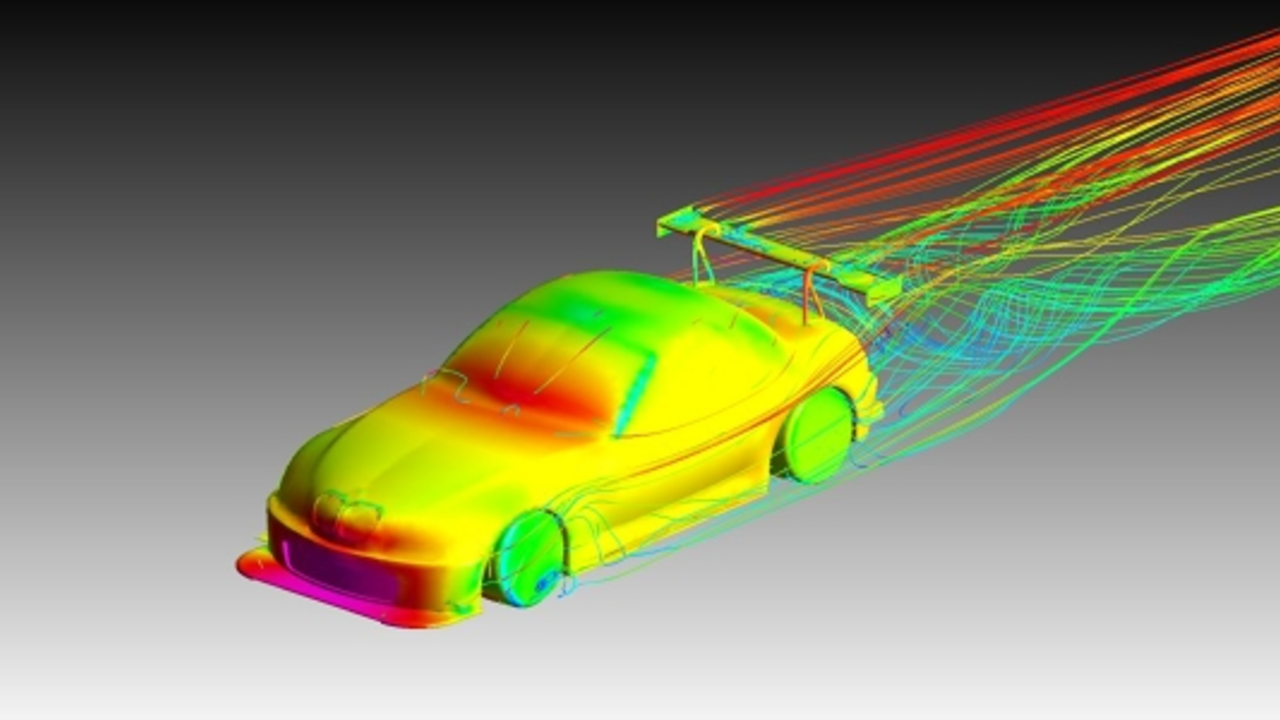Performance Enhancement Tips for Racing Cars
Want a faster lap time without breaking the bank? Small changes can add big power, grip, and control. Below are the most effective upgrades you can do yourself or with a shop, and why they work.
Engine Power Boosters
First stop: the engine. A lightweight performance air filter lets more air flow, which means a quicker burn and a few extra horsepower. Pair it with a high‑flow exhaust and you’ll hear a deeper tone while the engine breathes easier.
If you’re ready for more, a performance chip or ECU flash can fine‑tune fuel maps for your specific track conditions. Most modern ECUs have a “race mode” that raises redline limits and sharpens throttle response. Just remember to keep the fuel quality up – premium pump fuel is a must.
Handling and Grip Improvements
Power is useless without traction. Upgrading to a set of performance tires designed for your racing series gives immediate grip gains. Look for tires with a softer compound and the right tread pattern for the track surface.
Switching to adjustable coil‑over shocks lets you dial in stiffness and ride height. Lower the car a bit to lower its center of gravity, but keep enough clearance for bumps. A front splitter and rear diffuser help manage airflow, creating downforce that pushes the car onto the road.
Don't forget the brakes. Larger brake rotors and high‑performance pads reduce fade on long runs. A stainless‑steel brake line also improves pedal feel, giving you better control when you need to slow down hard.
Finally, a quick‑release steering wheel with a clear hub lets you make fine adjustments on the fly. A short‑throw wheel reduces steering effort, letting you react faster in tight corners.
These upgrades are the core of most performance‑enhancement packages. Mix and match based on your budget, and you’ll see noticeable lap time drops after the first test run.
Ready to take your car to the next level? Start with the low‑cost airflow upgrades, then move on to suspension and braking enhancements. The right combination will give you more speed, better handling, and a lot more confidence on the track.

Why is the height of a racing car kept small?
In the world of racing, a car's height is kept low for several crucial reasons. The key reason is to lower the vehicle's center of gravity, improving stability and handling at high speeds. A shorter height also reduces the car's surface area, minimizing air resistance, leading to better speed and fuel efficiency. Lastly, a low-slung design prevents the car from tipping over during sharp turns, enhancing safety. So, there you have it, a quick dive into why racing cars are so close to the ground!
- Sports (5)
- Entertainment (4)
- Sports & Recreation (3)
- Motorsport (2)
- Automotive Racing (1)
- Free Computer Games (1)
- Drag Racing Tips and Strategies (1)
- Biography Websites (1)
- Gaming and Racing Simulation (1)
- Automotive & Racing (1)
-
Why do we usually use a cube-shaped dice for board games?
23 Jul 2023 -
Why are cars put behind one another at the start of a race?
31 Jul 2023 -
Whitney Leavitt eliminated from Dancing with the Stars despite top judge scores
21 Nov 2025 -
Panamá se clasifica directamente al Mundial 2026; El Salvador y Guatemala quedan eliminados
20 Nov 2025 -
Tim Gaffner?
16 Feb 2023
20.07.23
Caden Lockhart
0